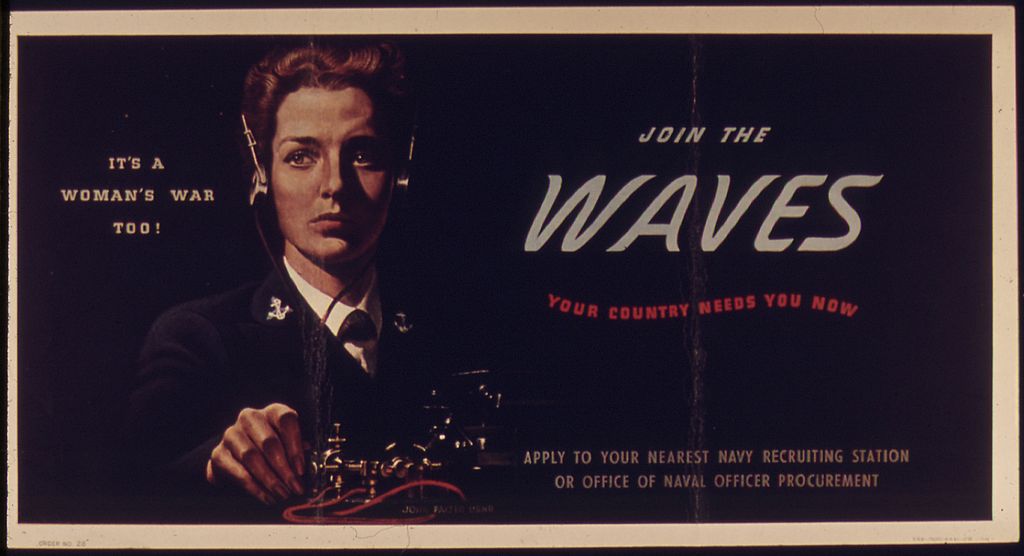 An image of a determined woman in overalls and a red bandana remains one of the most memorable symbols of World War II. Though she wasn’t yet referred to as “Rosie the Riveter,” her creation by artists Norman Rockwell and James Montgomery Flagg helped galvanize women into taking over manufacturing jobs vacated by male servicemembers. “Rosie,” who first appeared on the cover of The Saturday Evening Post in 1943, was among thousands of artwork pieces created as propaganda for WWI and WWII.
An image of a determined woman in overalls and a red bandana remains one of the most memorable symbols of World War II. Though she wasn’t yet referred to as “Rosie the Riveter,” her creation by artists Norman Rockwell and James Montgomery Flagg helped galvanize women into taking over manufacturing jobs vacated by male servicemembers. “Rosie,” who first appeared on the cover of The Saturday Evening Post in 1943, was among thousands of artwork pieces created as propaganda for WWI and WWII.
As part of President Woodrow Wilson and Gen. Dwight D. Eisenhower’s efforts to shape Americans’ understanding of the war effort, they created agencies to design posters, radio programs, and films. These efforts led to famous illustrator Howard Chandler Christy using “Christy Girls,” as they were called, to encourage men to enlist. One such poster proclaimed, “I Want You … for The Navy.”
While these posters played a significant role in the United States’ ability to recruit male servicemembers, sell war bonds, and encourage women to work, they also were used during WWII to expand women’s presence in the military — unheard of at that time. The posters urged women to join Armed Forces programs designed to free up men for combat.

These beautifully designed posters carried messages like, “Women in the War: We Can’t Win Without Them.” They portrayed women who were strong but still maintained their femininity by wearing bright lipstick and fingernail polish.
 While in the Women’s Army Auxiliary Corps (later renamed WAC – the Women’s Army Corps), the Coast Guard Women’s Reserve (SPARS), the Women’s Airforce Service Pilots (WASPS), and the Navy Women’s Reserve (WAVES), women’s duties included repairing and flying airplanes, performing clerical work, and operating radios.
While in the Women’s Army Auxiliary Corps (later renamed WAC – the Women’s Army Corps), the Coast Guard Women’s Reserve (SPARS), the Women’s Airforce Service Pilots (WASPS), and the Navy Women’s Reserve (WAVES), women’s duties included repairing and flying airplanes, performing clerical work, and operating radios.
The impact of these recruitment efforts was significant. Before WWII, about 1,000 women served in the Armed Services as stateside nurses for the Army or Navy. By the end of the war, 350,000 women had joined the Armed Services. The number of women working outside of the home climbed from 13 million in 1941 to 20 million in 1944. Of those, 6 million worked in factories in jobs vacated by servicemen.
Gen. Eisenhower said the war could not have been won without women. “The contribution of the women of America, whether on the farm or in the factory or in uniform, to D-Day was a sine qua non (essential) of the invasion effort,” he said.
March is Women’s History Month. We’re celebrating women and the impact that they have made throughout history.
In the spirit of Service, Not Self, the mission of the American Legion Auxiliary is to support The American Legion and to honor the sacrifice of those who serve by enhancing the lives of our veterans, military, and their families, both at home and abroad. For God and Country, we advocate for veterans, educate our citizens, mentor youth, and promote patriotism, good citizenship, peace and security.